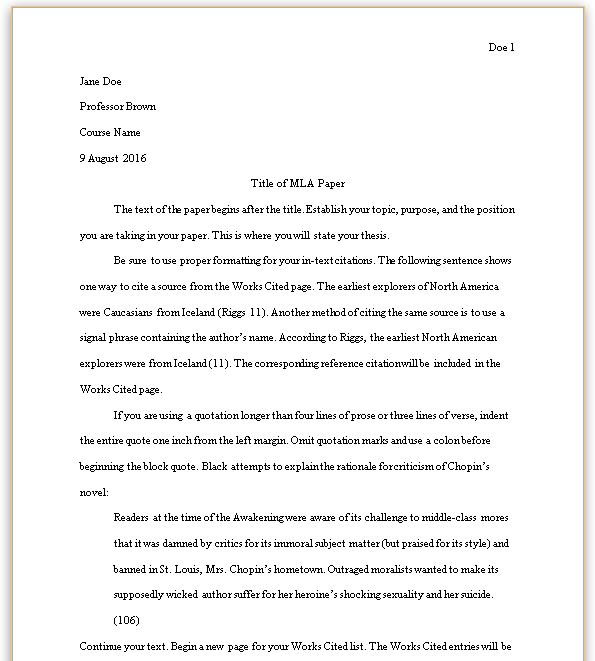Radiation Safety and Comprehensive Understanding of Radiation
Understanding Radiation Risks
Radiation exposure poses significant risks primarily through ionization, where high-energy radiation interacts with atoms, causing them to lose or gain electrons. This disruption can:
- Damage Cellular Functions: Alter the natural processes within cells, potentially leading to mutations.
- Cause Long-Term Health Issues: Prolonged exposure increases the risk of cancer, genetic mutations, and other serious health conditions.
Mitigating Radiation Risks:
- Time: Minimize the duration of exposure to radioactive sources.
- Distance: Maintain a safe distance from radiation sources to reduce intensity.
- Shielding: Use appropriate materials (e.g., lead, concrete) to block or absorb radiation.
Safe Handling of Radioactive Materials
- Access Control: Only trained and authorized personnel should handle radioactive materials.
- Dosimetry: Personnel must wear dosimeters to monitor accumulated exposure.
- Protective Equipment: Use tools like tongs and wear protective gloves to prevent direct contact.
- Secure Storage: Keep radioactive sources in lead-lined containers when not in use to minimize exposure risks.
Measurement and Monitoring
- Geiger-Müller Counters: Detect and measure radiation levels in real-time, offering essential data for safety protocols.
- Background Measurements: Ensure accuracy in experiments by accounting for naturally occurring radiation.
- Exposure Assessment: G-M counters quantify radiation particles in an area, helping maintain safe environments.
Types of Radiation
Overview
Radiation is categorized into three primary types: alpha (α), beta (β), and gamma (γ). Each has distinct physical properties influencing their behavior, penetration ability, and ionizing potential.
Alpha Radiation
- Nature: Composed of helium nuclei (2 protons and 2 neutrons).
- Mass: Approximately 4 atomic mass units (AMU).
- Charge: +2.
- Speed: Travels at about 10% of the speed of light.
- Penetration: Low, stopped by a sheet of paper.
- Ionization: Highly ionizing, causing severe localized damage.
Beta Radiation
- Nature: High-energy electrons are emitted during nuclear decay.
- Mass: About 1/2000 amu, significantly smaller than alpha particles.
- Charge: -1.
- Speed: Travels at 90% of the speed of light.
- Penetration: Moderate, requires 2–3 mm of aluminum to stop.
- Ionization: Medium ionizing ability, causing less damage than alpha but more than gamma.
Gamma Radiation
- Nature: Electromagnetic waves with no mass or charge.
- Speed: Travels at the speed of light.
- Penetration: High, requires several centimeters of lead for shielding.
- Ionization: Low, with minimal direct cellular damage.
Nuclear Decay Equations
Alpha Decay
In alpha decay, an alpha particle (2 protons and 2 neutrons) is ejected from the nucleus.
- Example: Uranium-238 decays to Thorium-234. 92238U→90234Th+24α^{238}_{92}U \to ^{234}_{90}Th + ^{4}_{2}\alpha
Beta Decay
During beta decay, a neutron transforms into a proton and emits an electron.
- Example: Carbon-14 decays to Nitrogen-14. 614C→714N+−10β^{14}_{6}C \to ^{14}_{7}N + ^{0}_{-1}\beta
Gamma Decay
Gamma decay involves the emission of gamma rays, releasing energy without altering the nucleus.
- Example: Technetium-99 releases gamma radiation. 4399Tc→4399Tc+00γ^{99}_{43}Tc \to ^{99}_{43}Tc + ^{0}_{0}\gamma
Interactions with Fields
Magnetic Field Interactions
Charged particles are influenced by magnetic fields:
- Alpha Particles (+2): Deflected toward the negative pole.
- Beta Particles (-1): Deflected toward the positive pole but more sharply due to lower mass.
- Gamma Rays (Neutral): Unaffected.
Electric Field Interactions
Charged particles are attracted to oppositely charged terminals:
- Alpha Particles (+2): Drawn to the negative terminal.
- Beta Particles (-1): Drawn to the positive terminal.
- Gamma Rays: Unaffected due to neutrality.
Key Takeaways
- Radiation Risks: Understanding ionization is key to managing health impacts.
- Safe Practices: Employ shielding, protective gear, and strict access protocols.
- Types of Radiation: Each type requires tailored safety measures based on penetration and ionizing abilities.
- Monitoring Tools: Instruments like G-M counters are vital for safe radiation management.
Discussion questions
- What are the primary dangers associated with exposure to radioactive substances, and how do they impact human health?
- Discuss the safety measures that should be implemented when handling radioactive materials.
- Compare and contrast the properties of alpha, beta, and gamma radiation in terms of their ionization capabilities and penetration power.
- How does the process of alpha decay differ from beta decay in terms of nuclear changes and emitted particles?
- What role does a Geiger-Müller counter play in radiation experiments, and why is background radiation measurement important?
- Explain how the design of a radiation badge could be adapted to specifically measure exposure to beta radiation.


